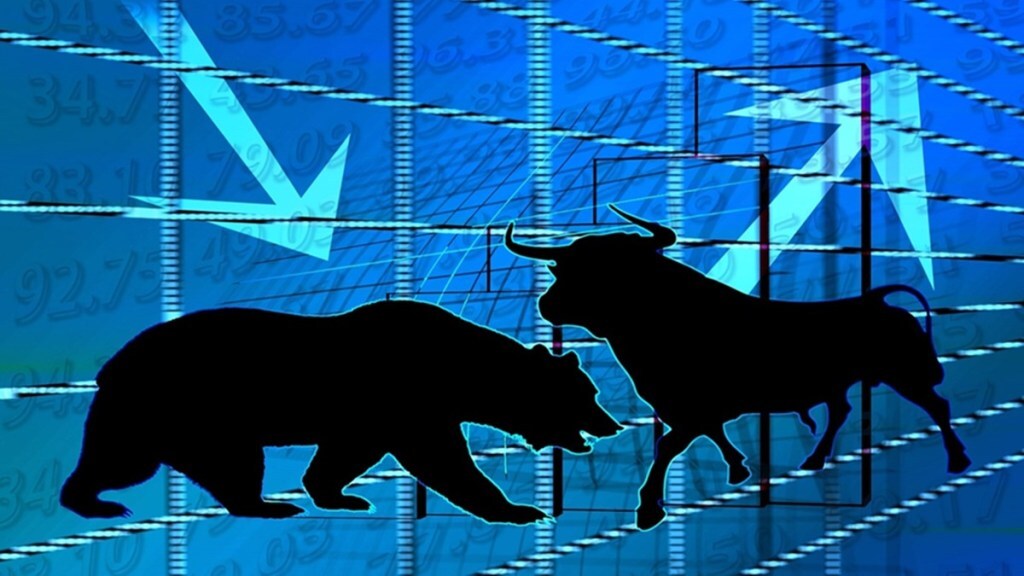The US Federal Reserve is expected to raise interest rates once again at its next Federal Open Market Committee (FOMC) meeting. The FOMC meeting will last two days, July 25-26, with Fed Chairman Powell announcing the rate decision on July 26.
Most market observants expect Fed to end its most aggressive fight against US inflation in 40 years in July. It means the 16-month hiking cycle that began in March 2022 could end in July 2023 with rates rising from near zero levels to a range of 5.25% to 5.5%, the highest since 2001.
According to former Chair Ben Bernanke, the Federal Reserve may decide to end its current credit-tightening effort after this week’s widely anticipated interest rate increase.
Why July hike could be the last one? With inflation cooling down rapidly and more than market expectations, the consensus is emerging that Fed may end the aggressive rate hike spree. US CPI data for June came at 3% below market expectation of 3.1%.
But, the Fed may throw a surprise. Softer private sector jobs growth and cooler inflation data lower terminal Fed funds rate expectations, but Fed believes policy tightening is still needed for 2% inflation.
The target for inflation is still some distance away and a rebound in price rise may not be ruled out either. Core inflation numbers are still running hot for the Fed to take a final call on inflation. Fed Chair Jerome Powell and his colleagues have indicated that they aim to raise rates further, following a pause in June. Also, in its quarterly Summary of Economic Projections released in June, the FOMC projected two additional rate hikes this year. This means after July, another rate hike could be in the offing in September.
Ruslan Lienkha, Chief of Markets at YouHodler, says, “I don’t see any necessity to increase rates at the moment. The Fed may still do it, but any hike is a step toward recession, as it is additional pressure on businesses. Leaving the rates at the current level can support positive expectations in the market, which also could be a strong driver for the economy in conditions of already a very high borrowing cost.
Future rate changes will really depend on the inflation trajectory. For instance, now we see that the inflation slows down and the interest rate has already exceeded the inflation level, such a situation is favorable to pause the rate hikes. But if we notice a change in the dynamic of inflation, like a sudden increase to 5-6%, there won’t be other options but to raise the rates again.”
The key focus will be on Chairman Powell’s news conference. This week on July 26, he will have an opportunity to provide more specific guidance to the market participants. According to minutes of a recent FOMC meeting, the Fed staff has anticipated a US recession, notwithstanding Powell’s assertion that he sees a narrow path for a gentle landing.
CME FedWatch predicts an 84% chance of the Fed raising the fed funds rate to 5.25%-5.5% at its July 25-26 meeting, up from 74% last week. The labor market remains tight, with nonfarm payrolls growing. June consumer prices data eased concerns, and Q1 GDP growth of 2% in early July has boosted the chance of an additional quarter-point hike.


